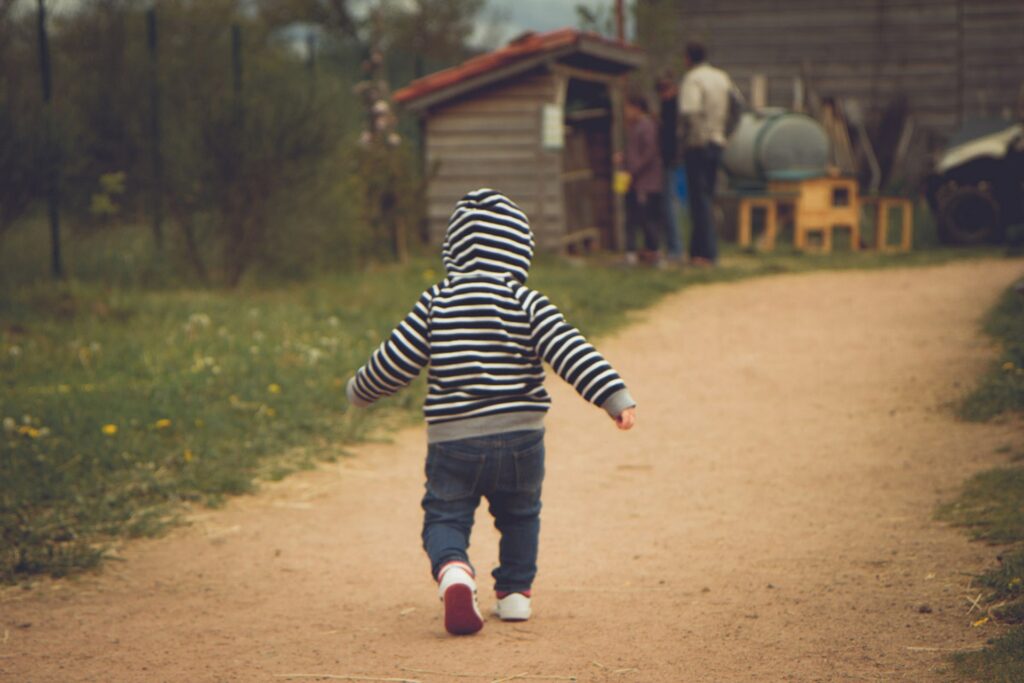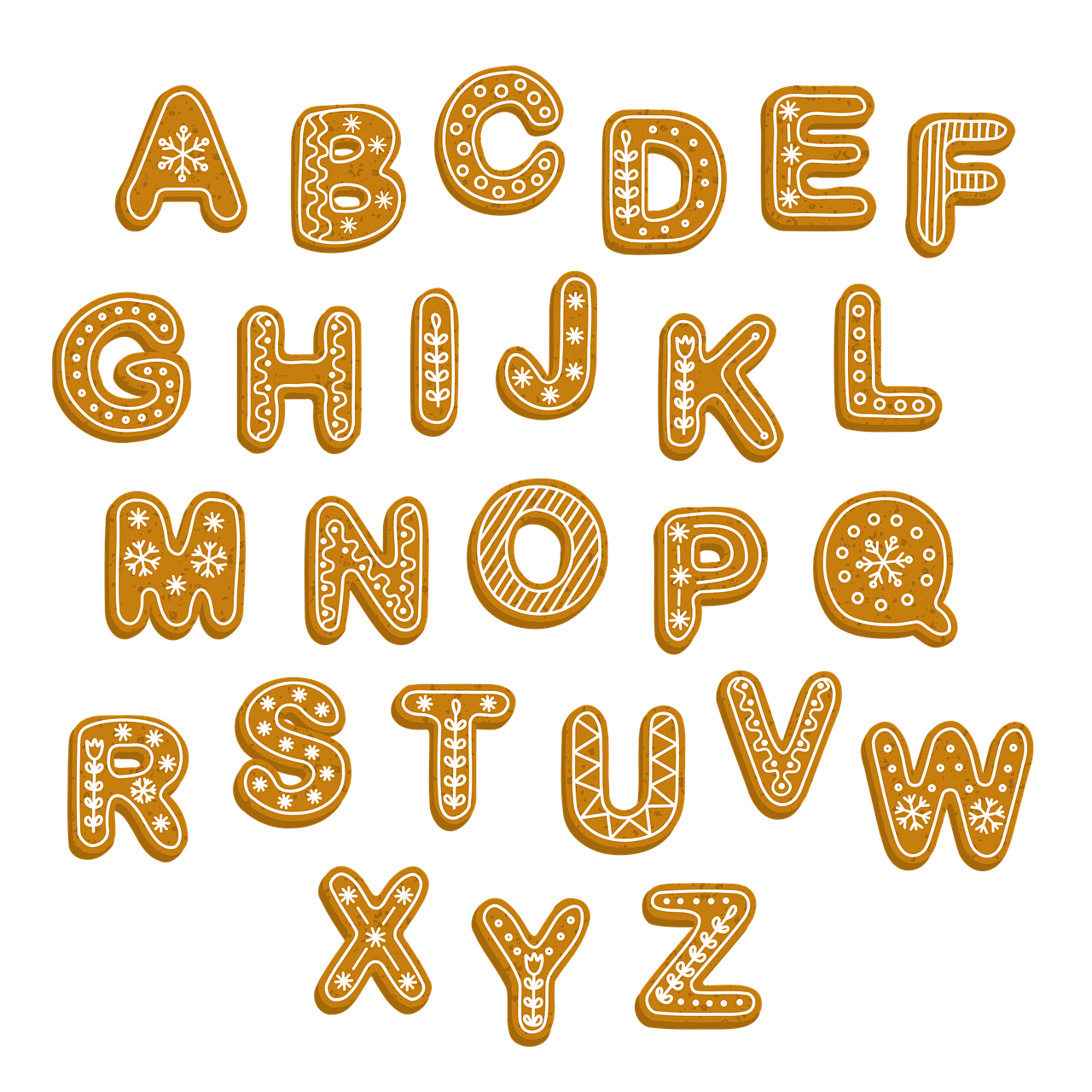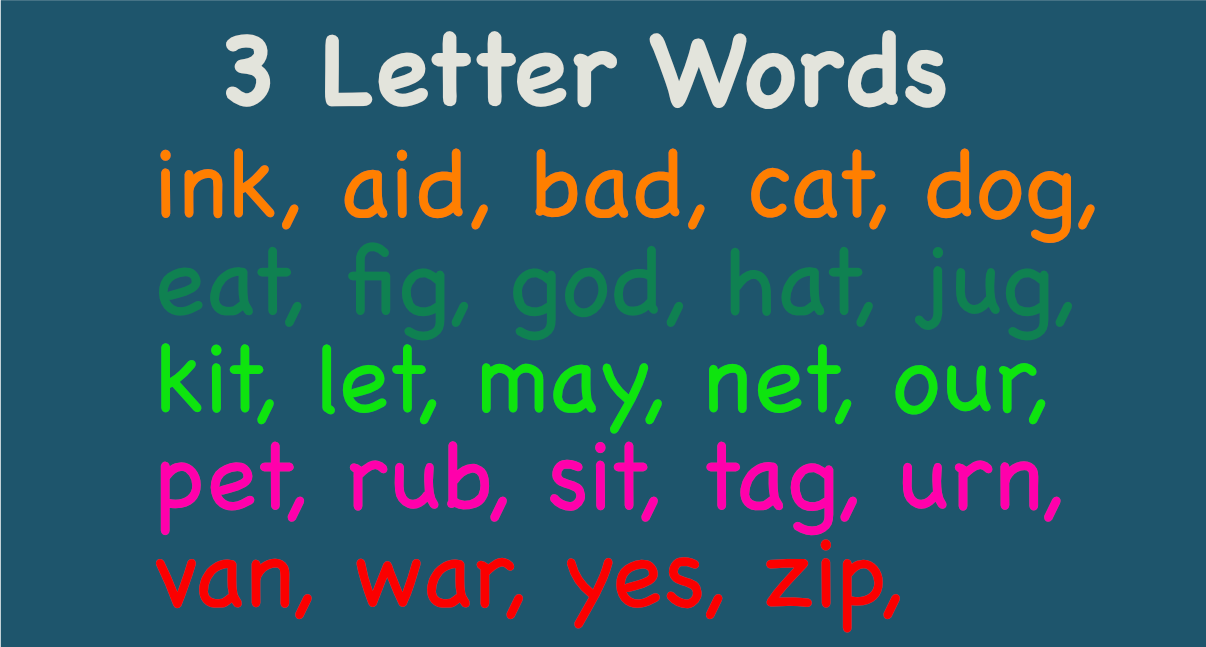
Throughout childhood, your child is developing a variety of gross motor skills. These skills are critical to everyday life, and can be encouraged with various activities and milestones.
This post looks at the essentials of understanding the gross motor development stages of your child.
Developing Gross Motor Skills
Developing gross motor skills is an important part of your child’s early development. These skills help your child move independently. These skills are also necessary for walking and climbing stairs.
Contents
What are Gross Motor Skills
The big (core stabilizing) muscles of the body must move as a whole in order to do daily tasks like standing and walking, sprinting and jumping, and sitting up straight at a table, which all need gross motor (physical) skills.
They also include eye-hand coordination abilities for activities like swimming and biking as well as ball skills (throwing, catching, and kicking).
These skills develop at different rates and if your child is showing delays in their development, you may want to get them evaluated by a professional.
A baby’s gross motor skills include crawling, sitting up, walking, jumping, catching and throwing, running, swimming, and climbing.
These skills are the foundation for the physical abilities we take for granted as adults. By the time a child reaches the preschool age, they are performing most of these skills independently.
It is crucial for young children to practice these skills regularly. This means making sure that they have plenty of space to move around.
Playing games that encourage these skills are an important part of your child’s development. Some simple activities that promote gross motor skills include running, jumping, hopping on one foot, and chasing.
Language Skills are Equally Important
In addition to gross motor skills, language skills are an important part of child development. There are several studies that have investigated the relation between gross motor skills and language development.
A few of these studies have identified commonalities among studies of children. For example, there are studies that show that children develop language skills at the same time as they develop gross motor skills.
The timing of specific gross motor skills correlates with language development, both at a single time point and over time. In one study, researchers found that the onset of walking was a predictor of language development compared to crawling.
Milestones
Gross motor skills are those that involve the use of large muscles in movement, and are the foundation for fine motor skills, including balance and reaction speed.
While there are definite milestones associated with the development of these skills, each child develops at a different rate. As a result, it is important to engage your child in a variety of physical activities and encourage them to practice these skills.
Children typically develop these skills in a cyclical manner, starting with the inner body and progressing to the outer body. These skills are tightly connected to the rest of the development process, and they improve the ability of children to explore their physical environment.
These abilities can also help them with their cognitive development. As a child grows, they will learn to walk, sit, and push up using their arms and knees.
Several factors affect the timing of these milestones, including genetics. Individual differences in activity patterns can also affect these milestones. For example, some babies may practice motor skills for longer than others.
And while all children should practice and learn new skills at a similar rate, the age of the milestones varies between babies. Even siblings don’t all develop gross motor skills at the same rate.
Infants should be encouraged to achieve these milestones early in their development. While there is no universal timetable for child development, many infants will achieve these milestones by the time they’re three months old. For example, at six weeks of age, the majority of babies will be able to sit unsupported on their backs. The next milestone in the development process is rolling from back to stomach without support.
Activities
Gross motor skills are important to young children’s growth and development. These skills can be developed through active play, such as running, hopping, kicking, or jumping.
While it can be difficult to incorporate such activities into the daily routine, you can still create opportunities to promote movement and strengthen muscles. To get started, you can start by introducing some games that build these skills.
Tummy Time is Important
One great way to encourage gross motor skills is tummy time. You can begin this activity with a newborn baby and encourage them to raise their head and chest. Using toys that are out of reach is also an excellent way to develop their muscles and promote reaching.
Lastly, you can encourage your baby to develop his gross motor skills by supporting him in crawling or sitting positions.
As your child gets older, you can introduce new activities that help them practice new skills. It can be a wonderful experience to see your child’s progress as they develop these gross motor skills.
You can also introduce games and other activities to support the development of these skills. Taking part in these activities is a great way to encourage these important milestones and help your child grow to be a healthy, well-rounded individual.
Gross motor skills are essential for daily activities. The development of these skills will enable your child to move around freely and move in different ways.
This will develop his coordination and body awareness, as well as his reaction time and balance. Practicing these skills will also develop a child’s motivation and confidence to engage in an active lifestyle.
Importance To Everyday Life
Gross motor skills are crucial to physical development, ensuring strong bones, muscles, and joints. In addition, physical activity helps children maintain body weight and flexibility, and improves connections between the body and the brain. To learn more about the benefits of physical activity, watch the following video.
Gross motor skills involve movements of large stabilising muscles that influence everyday functions, such as sitting and standing upright. In addition, they affect the ability of children to manage their environment and cope with the demands of a full school day. Learning how to manage these movements early is key to a child’s development.
Gross motor skills include balance, posture awareness, and strength, and children need to practice these skills to develop them. These skills help children move freely and help them achieve other daily activities. Without strong gross motor skills, children may struggle with everyday activities, such as eating, packing toys, and using the toilet.
Gross motor skills are necessary to participate in sports, exercise, and other activities. Children with these skills can play freely and engage in social interaction.
In addition, these skills are necessary for overall health and development. Developing these skills is a lifelong process, but some children develop these skills earlier than others and develop better coordination for specific activities.
Signs Of Progress
The development of gross motor skills is important for a child’s physical fitness. These abilities relate to body awareness, reaction time, balance, strength, and endurance.
Children need these skills to participate in sports, play games, and be successful in school. Gross motor skills are developed in sequence and build on each other. When children explore different types of movement and play, they develop confidence and motivation to become active.
Children develop at different rates, and it is helpful to keep developmental milestones in mind. If a child is missing one of the milestones, it may mean that he or she needs extra support. Observing progress in gross motor skills can be a joyous experience! Listed below are some of the most common signs of progress.
Locomotion is one of the biggest tasks of gross motor development. The first step is to roll over and eventually start crawling. The second step is to pull up on stationary objects. By the time a baby is two, he or she can sit up unsupported. And at around 14 to 18 months, he or she may start to walk and stand on one foot.
Gross motor skills development is measured through a variety of assessment tools, including the Lincoln-Oseretsky Motor Development Scale. It is an assessment of motor skills that involves 36 tasks, arranged in increasing difficulty. Typical children can complete all of these activities by age five.
Final Thoughts
If you are concerned about your child’s development of gross motor skills, talk to your child’s pediatrician. He or she may recommend an occupational therapist. In the meantime, try encouraging your child’s physical activities at the different stages of development.
If your child is clumsy or has an unsteady gait, they may be developing a developmental coordination disorder. If you’re worried, visit your pediatrician to learn more about what you can do to help your child grow physically.



